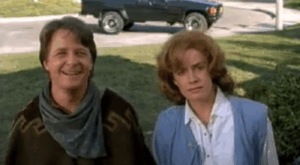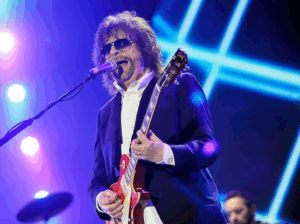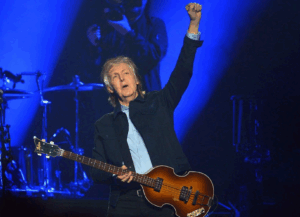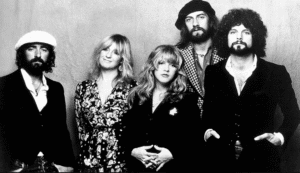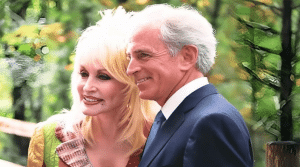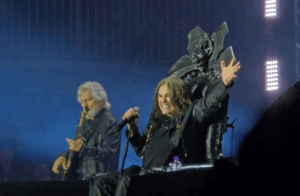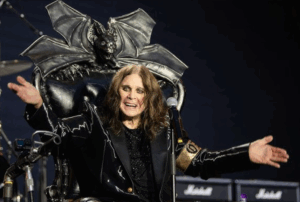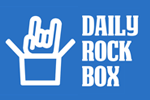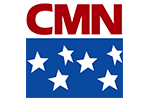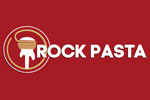Alex Lifeson Dissects Rush’s Hits from 2112 To Limelight And The Spirit of Radio
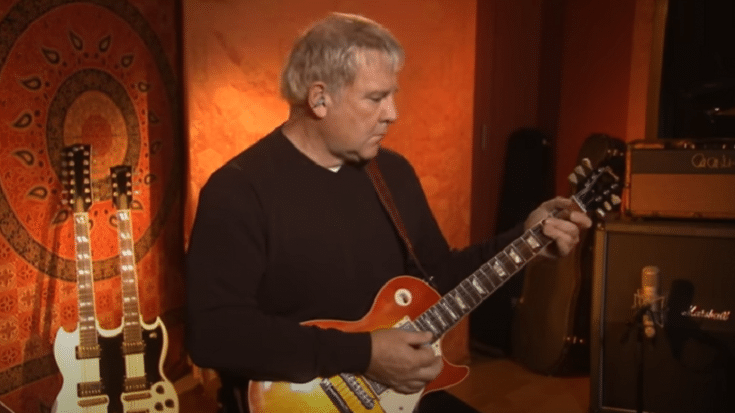
via gaiusfilm/YouTube
He Delves Into Their Catalog
In a 1966 interview with Guitar World magazine, Rush guitarist Alex Lifeson shared the songwriting and recording session of some of their most enduring hits. He’s a criminally underrated guitar player but he can definitely hold his own among other greats.
Here, he delved into Rush’s catalog and dissected their classic songs.
On 2112:
The 20-minute title track of their 1976 album, it was adapted into a comic. With lyrics written by drummer Neil Peart, he acknowledged the influence of American writer Ayn Rand in the liner notes.
“We started writing that song on the road. We wrote on the road quite often in those days. The Fountain of Lamneth, on Caress of Steel, was really our first full concept song and 2112 was an extension of that. That was a tough period for Rush because Caress of Steel didn’t do that well commercially, even though we were really happy with it.
“We wanted to develop that style. Because there was so much negative feeling from the record company and our management was worried, we came back full force with 2112. There was a lot of passion and anger on that record. It was about one person standing up against everybody else.
“I used the ES-335 again, and a Strat which I borrowed for the session. I couldn’t afford one at the time. I used a Marshall 50-watt and the Fender Twin as well. I may have had a Hiwatt in the studio at that time, too, but I think it came a little later. My effects were a Maestro phase-shifter and a good old Echoplex. There were a limited number of effects available back then. The Echoplex and wah-wah were staples in those days.”
On The Spirit of Radio:
One of their most popular songs, it became a staple in their live repertoire. They experimented with a bit of reggae with this.
“There was a radio station here in Toronto – it’s an alternative station now – and ‘the spirit of radio’ was that station’s catch phrase. That song was about the freedom of music and how commercialized radio was becoming.
“FM radio in the late ’60s and early ’70s was a bastion of free music where you got to hear a lot of things that you wouldn’t have heard otherwise. It was much like MTV was in the beginning, before it became another big network that feeds a large but very specific segment of the viewing audience. Radio has become a lot more commercialized since then. The station that we wrote that song about won’t play our music.”
On Limelight:
Peart wrote about his discomfort with Rush’s global success and it referenced William Shakespeare’s play “As You Like It.”
“Limelight is about being under the microscopic scrutiny of the public, the need for privacy – trying to separate the two and not always being successful at it. Because we’ve never been a high-profile band, we’ve managed to retain a lot of our privacy. But we’ve had to work at it. Neil’s very militant about his privacy.
“My guitar was a different modified Strat with a heavier and denser body. We set up a couple of amps outside of the studio as well as inside, so we got a nice long repeat with the echoing in the mountains. The approach on that solo was to try to make it as fluid as possible. There was a lot of bending with lots of long delay repeats and reverb so notes falling off would overlap with notes coming up. I spent a fair amount of time on that to get the character, but once we locked in on the sound, it came easily.”
On La Villa Strangiato:
It’s a nine-instrumental track that showcased their impressive musicianship.
“That was all recorded in one take. Because we were writing on the road, we used our soundchecks to run through songs that we were going to record. We would come off the road, have a few days off and start recording. It was all recorded at the same time with all of us in the same room. We had baffles up around the guitar, bass and drums and we would look at each other for the cues. My solo in the middle section was overdubbed after we recorded the basic tracks. I played a solo while we did the first take and re-recorded it later. If you listen very carefully, you can hear the other solo ghosted in the background.
“That was a fun exercise in developing a lot of different sections in an instrumental. It gave everyone the chance to stretch out. By that time I had my ES-355, and my acoustics were a Gibson Dove, J-55 and a B-45 12-string. I had my Marshall in the studio. I had the Twin and two Hiwatts, which I was also using live, but the Marshall was my real workhorse. The Boss Chorus unit had just come out at that time, but I think I used a Roland JC-120 for the chorus sound here. That was the first of many ‘chorus’ albums.”









